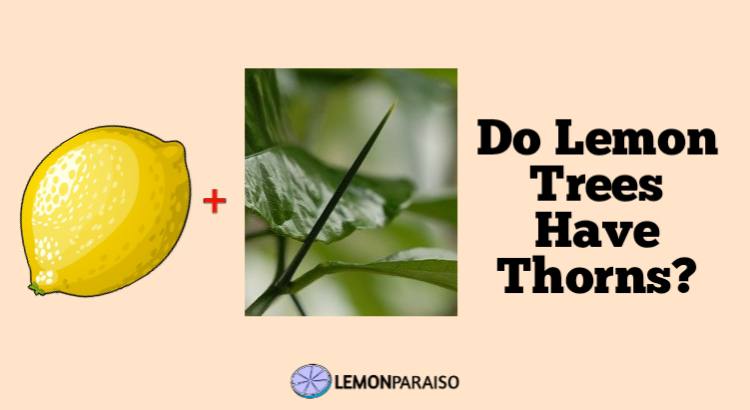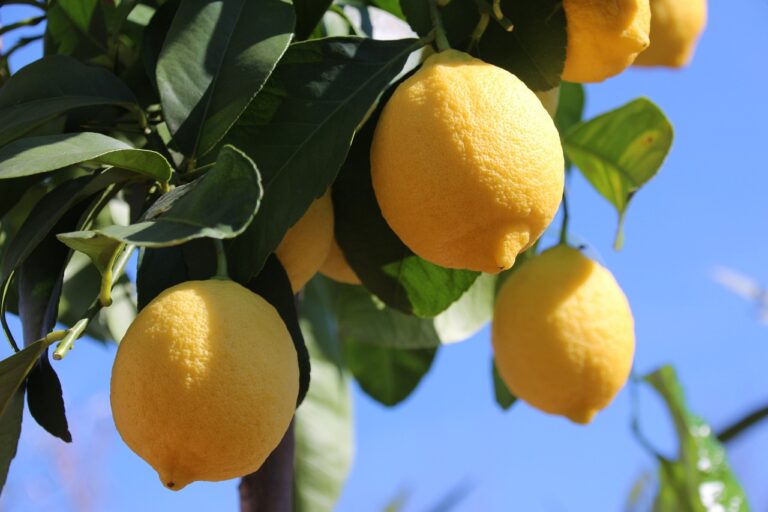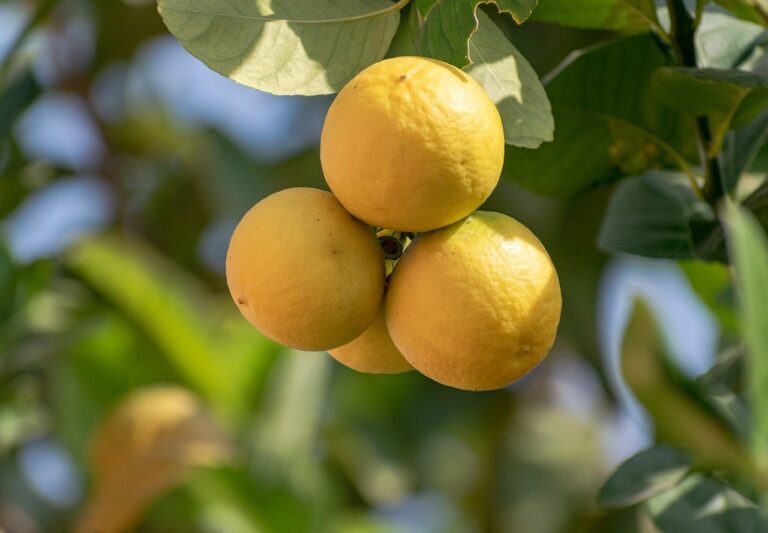Are Lemons And Limes The Same?

Are Lemons and Limes the Same? It’s a juicy debate that has left taste buds tingling and culinary enthusiasts pondering. These citrus siblings may share a similar appearance and often find themselves side by side in the produce aisle, but beneath the surface, they reveal a vibrant world of differences.
So, grab a slice of curiosity and squeeze out the truth as we delve into the zesty realm of lemons and limes. Prepare to discover their distinct flavors, nutritional nuances, and the tantalizing possibilities they bring to your plate.
Are Lemons And Limes The Same?
Lemons and limes, though similar in appearance and frequently used interchangeably in culinary applications, are two distinct citrus fruits with unique characteristics. Both fruits belong to the same genus, Citrus, but they differ in their species, with lemons classified as Citrus limon and limes as Citrus aurantiifolia or Citrus latifolia, depending on the variety.
While both fruits are acidic and contain a high concentration of vitamin C, their taste profiles, shapes, and colors set them apart. Lemons are generally larger than limes, with a bright yellow skin and an oval shape, while limes are smaller, round, and have a green skin. The flavor of lemons is notably sour, while limes offer a more bitter and tangy taste, often adding a unique zing to recipes.
In addition to their distinct tastes and appearances, lemons and limes also differ in their nutritional content and potential health benefits.
Lemons typically contain more vitamin C, potassium, and folate, while limes provide a higher concentration of vitamin A, calcium, and antioxidants such as flavonoids. The two fruits also have unique essential oil compositions, with lemon oil containing more limonene, which is known for its potential antibacterial, antifungal, and antioxidant properties.
Can You Substitute Lemons For Limes In Recipes?
In some cases, you can substitute lemons for limes in recipes, but be mindful that their unique flavors may alter the final taste of the dish. Lemons have a more sour taste, while limes are slightly more bitter and tangy.
Depending on the recipe, this flavor difference may be subtle or more pronounced. When substituting, it’s crucial to adjust the quantity based on taste preferences to achieve the desired balance.
Are Lemons And Limes Interchangeable In Cocktails?
Lemons and limes are often interchangeable in cocktails, but each fruit brings its distinct flavor profile to the mix. For example, using a lemon instead of a lime can result in a less tangy and slightly sweeter cocktail.
Bartenders and mixologists may experiment with substituting one for the other, but it’s essential to consider how the change will affect the overall taste and balance of the drink.
Which Is More Acidic, Lemons Or Limes?
Lemons are generally more acidic than limes, with a pH level of around 2.0-2.6, while limes have a pH level of approximately 2.2-2.8. The difference in acidity levels contributes to the unique taste of each fruit, with lemons being more sour and limes offering a slightly bitter and tangy flavor. This acidity difference can impact the outcome of recipes or cocktails where acidity plays a crucial role.
Are Lemons And Limes Both Used In Cooking And Baking?
Lemons and limes are both widely used in cooking and baking for their distinct flavors and acidity. They can enhance the taste of various dishes, from savory to sweet, adding brightness and contrast.
In baking, the acidity of lemons and limes can help activate leavening agents like baking soda, while their zest can add a burst of flavor to cookies, cakes, and other desserts.
Are Lemons And Limes Both Good Sources Of Vitamin C?
Both lemons and limes are excellent sources of vitamin C, an essential nutrient for maintaining a healthy immune system. However, lemons typically contain more vitamin C than limes.
Consuming either fruit can contribute to your daily vitamin C intake, but if you’re specifically looking to maximize vitamin C consumption, lemons are the better option.
What Are Some Recipes That Use Both Lemons And Limes?
Several recipes incorporate both lemons and limes to create unique flavor combinations. Examples include citrus-infused marinades for chicken, fish, or meat; homemade salad dressings with a mix of lemon and lime juice; and refreshing summer beverages like lemon-limeade.
Desserts such as citrus bars or lemon-lime curd also showcase the complementary flavors of these two fruits.
Are Lemons And Limes Grown In The Same Regions?
Lemons and limes can be grown in the same regions, as they both thrive in warm, subtropical climates. Major citrus-producing countries like the United States, Mexico, Brazil, and India cultivate both fruits.
However, some varieties of limes and lemons may be better suited to specific regional conditions, leading to differences in where each fruit is predominantly grown.
Are Lemons And Limes The Same Plant?
Lemons and limes are not the same plant, though they both belong to the Citrus genus. Lemons belong to the Citrus limon species, while limes can belong to either Citrus aurantiifolia or Citrus latifolia, depending on the variety.
These citrus fruits have unique characteristics, tastes, and appearances, making them distinct from one another.
Do Lemons And Limes Come From The Same Tree?
Lemons and limes do not come from the same tree, as they belong to different species within the Citrus genus. Each fruit grows on its own respective tree, with lemon trees producing yellow, oval-shaped fruits and lime trees yielding smaller, round, green fruits.
However, it is possible to find grafted citrus trees that have both lemon and lime branches, producing both fruits on a single tree. These grafted trees are specially created for home gardeners who want to enjoy multiple citrus varieties in a limited space.
Do Limes Turn Into Lemons?
Limes do not turn into lemons, as they are distinct citrus fruits with different species and characteristics. While they may share similarities in taste and appearance, their differences in color, size, flavor, and nutritional content set them apart. Both fruits grow on separate trees and will not transform into one another during the ripening process.
Are Limes Unripe Lemons?
Limes are not unripe lemons. They are separate citrus fruits with their own unique characteristics, species, and ripening processes. Limes are typically harvested when their color is green and their flavor is at its peak of tartness. In contrast, lemons are harvested when they reach a bright yellow hue and have developed their characteristic sour taste.
Conclusion: Are Lemons And Limes The Same?
In conclusion, while lemons and limes share similarities and are often used interchangeably, they are distinct citrus fruits with unique characteristics. They differ in their species, taste profiles, shapes, colors, nutritional content, and potential health benefits.
Lemons are generally larger, sour, and contain more vitamin C, while limes are smaller, tangy, and offer a higher concentration of vitamin A and antioxidants. They can be substituted for each other in some recipes and cocktails, but the flavor difference should be considered. Lemons and limes are both widely used in cooking and baking, and they are good sources of vitamin C, with lemons containing more of it.




